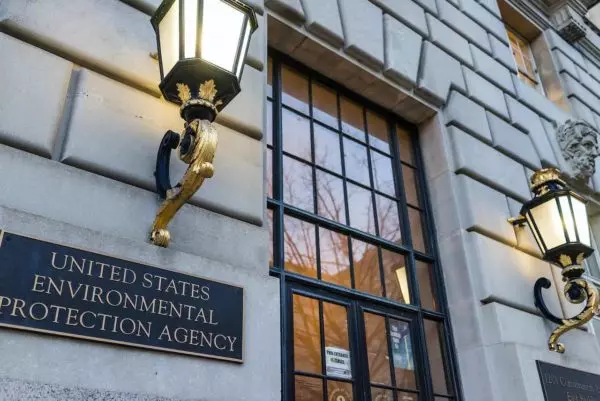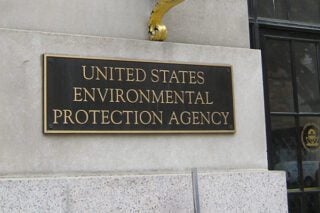
A California judge ordered the Environmental Protection Agency (EPA) to increase its collection of asbestos-related data. The EPA is responsible for evaluating and sharing risks associated with asbestos in the United States. Currently, the U.S. does not have a full ban of asbestos. Although there are asbestos regulations in place, many feel they are inadequate.
U.S. Judge Edward J. Chen said the EPA did not have sufficient information about asbestos importing, use and presence in products for its Draft Risk Evaluation for Asbestos. According to Chen, the EPA has not adequately used its “significant enforcement powers” to collect data from companies to protect the public.
Eliminating Asbestos Reporting Loopholes Following Lawsuit
This latest ruling stems from lawsuits filed against the EPA. Asbestos awareness organizations and various states filed suits after the release of the organization’s Draft Risk Evaluation for Asbestos. Numerous nonprofits claimed the document failed to consider the breadth of asbestos imported and used in the United States.
The EPA wrote the document using data voluntarily reported by manufacturers, processors and importers of asbestos. The EPA claimed this data, along with projections, was adequate to complete the Draft Risk Evaluation for Asbestos.
Judge Chen disagreed with the EPA’s claims. He is requiring the organization to update the Chemical Data Reporting Rule. Updates would result in more information from companies about asbestos in products.
Role of Third-Party Testing in EPA Data
One argument between the plaintiffs and the EPA was the role of third-party testing results.
Those that filed the suit against the EPA noted the federal organization did not consider third-party asbestos testing data in its Draft Risk Evaluation for Asbestos.
Two instances noted by the plaintiffs include:
- Asbestos in Playskool crayons in 2018
- Asbestos in Claire’s makeup in 2017
Third-party testing identified the presence of asbestos in these children’s products.
The EPA claimed this third-party data was not readily available.
Judge Chen agreed with the plaintiffs. He noted large organizations, such as Johnson & Johnson, may have third-party data available. Johnson & Johnson continues to face lawsuits resulting from its asbestos-contaminated talc products.
“EPA cannot know what submitters are ‘expected to possess, control, or know’ unless and until it requests that they submit their test results on asbestos impurities.”
–U.S. Judge Edward J. Chen
What Could This Additional Data Show About Asbestos Risk in the U.S.?
An official review committee stated the EPA may have underestimated asbestos in the United States.
The EPA’s Science Advisory Committee on Chemicals (SACC) reviewed the EPA Draft Risk Evaluation for Asbestos. The peer review found several issues with the document.
According to the SACC’s review of the Draft Risk Evaluation for Asbestos, the inadequate data used by the organization may have underestimated the exposure to asbestos by consumers and workers in the United States. It may also underestimate the dangers associated with asbestos exposure outside of mesothelioma and lung cancer.
In his ruling, Judge Chen noted the SACC specifically called out the EPA for not mandating asbestos reporting. The EPA has this authority under the Toxic Substances Control Act.
Asbestos Awareness Organizations See This Ruling as a Victory
The nonprofits that filed the suit against the EPA feel this ruling is a step in the right direction.
Through closing the loophole, the EPA can better regulate and inform the public about asbestos dangers.
The organizations and states joined forces to file the suit because they believed there was a lack of adequate data collected by the EPA.
Moving Forward Following Ruling for Stricter Asbestos Reporting
Judge Chen will continue to track EPA progress in closing the data collection loopholes.
According to an EPA spokesperson, the organization is reviewing the decision. The EPA has not yet released a statement.




